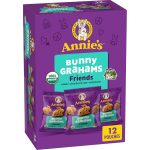
Best Annie’s Organic Friends Bunny Grahams, Review Halloween Cookies – Oemiu
A Bite-Sized Journey: Annie’s Bunny Grahams and Spooky Halloween Cookies
Annie’s Organic Friends Bunny Grahams have become a staple in many households, offering a seemingly healthier alternative to traditional sugary snacks. But are they truly as wholesome as they claim to be? And how do they stack up against the seasonal delight of Halloween cookies? Let’s delve into the crunchy world of bunny-shaped grahams and the playfully spooky universe of Halloween cookies, dissecting their ingredients, nutritional value, taste, and overall appeal. We’ll explore whether these treats are a worthwhile indulgence or if they fall into the category of cleverly marketed, yet ultimately disappointing, snacks. From the perspective of a parent seeking nutritious options and a treat-lover drawn to festive sweets, we’ll leave no crumb unturned. We’ll also look at some specific Halloween cookie recipes, including sugar cookies with royal icing, soft-baked pumpkin spice cookies, and even some healthier options using natural sweeteners.
Unpacking the Appeal of Annie’s Organic Friends Bunny Grahams
Annie’s Organic Friends Bunny Grahams have carved a niche for themselves in the crowded snack aisle. Their adorable bunny shapes, coupled with the promise of organic ingredients, make them a tempting choice for parents and children alike. But beyond the cute factor and organic label, what exactly are we getting with these grahams?
The initial appeal lies in the “organic” designation. In a world increasingly concerned with pesticide exposure and genetically modified organisms, the allure of organic food is undeniable. Annie’s grahams are made with organic wheat flour, organic cane sugar, and organic sunflower oil, among other organic ingredients. This certainly gives them an edge over conventional graham crackers made with potentially pesticide-treated wheat and refined sugars. However, it’s crucial to remember that “organic” doesn’t automatically equate to “healthy.” Organic cane sugar is still sugar, and excess consumption can contribute to various health problems. The nutritional label reveals that a serving of Bunny Grahams contains a significant amount of sugar. This highlights the need for moderation, even with organic snacks.
The variety of flavors is another significant draw. Annie’s offers a range of Bunny Graham flavors, including honey, chocolate, chocolate chip, and graham cracker. This allows for some degree of customization and caters to different taste preferences. The chocolate and chocolate chip varieties, while undeniably delicious, naturally contain even more sugar than the plain graham cracker or honey options. Therefore, parents seeking to minimize their children’s sugar intake might want to opt for the simpler flavors.
Beyond the ingredients and flavors, the texture of Annie’s Bunny Grahams also contributes to their appeal. They’re delightfully crunchy, making them satisfying to eat on their own or dipped in milk or yogurt. Their small size makes them perfect for little hands, promoting independent snacking and fine motor skill development. Furthermore, their portability makes them a convenient on-the-go snack for car rides, school lunches, and park outings. Annie’s grahams have successfully tapped into the parental desire for convenient, seemingly healthier snacks that children will actually enjoy. It’s this combination of perceived health benefits, kid-friendly appeal, and convenience that has cemented their popularity. Let’s keep in mind that responsible portion control and an understanding of the nutritional content are vital to make them a part of a balanced diet.
Halloween Cookie Delights: A Festive Indulgence
Halloween cookies are an integral part of the spooky season, offering a delightful mix of creativity and sugary indulgence. From elaborately decorated sugar cookies to soft-baked pumpkin spice treats, these cookies capture the spirit of Halloween in edible form. However, their appeal often comes at a cost – a significant amount of sugar, artificial colors, and processed ingredients. Let’s explore the world of Halloween cookies, examining their different types, nutritional considerations, and potential for healthier alternatives.
The most common type of Halloween cookie is undoubtedly the sugar cookie, often adorned with intricate designs using royal icing. These cookies are visually stunning, showcasing spooky scenes, cute ghosts, and menacing monsters. The artistry involved in decorating these cookies is often as enjoyable as eating them. However, the high sugar content and use of artificial food dyes in both the cookie and the icing make them a less-than-ideal choice for everyday snacking. While indulging in one or two sugar cookies as a festive treat is perfectly acceptable, frequent consumption can contribute to excessive sugar intake.
Another popular Halloween cookie option is the pumpkin spice cookie. These cookies often feature a blend of warm spices like cinnamon, nutmeg, and cloves, creating a comforting and autumnal flavor profile. They can be made soft and chewy or crisp and crunchy, depending on the recipe. While pumpkin spice cookies often contain less sugar than sugar cookies, they can still be quite high in calories and fat, particularly if they contain butter or oil.
Beyond these traditional options, there are also numerous variations of Halloween cookies, including chocolate cookies with spooky sprinkles, peanut butter cookies shaped like bats, and even healthier options made with whole wheat flour, natural sweeteners, and fruit purees. The creativity in the Halloween cookie world is truly endless, offering something for everyone.
When it comes to nutritional considerations, Halloween cookies should be viewed as occasional treats rather than staple snacks. They are typically high in sugar, refined carbohydrates, and unhealthy fats, which can contribute to weight gain, blood sugar spikes, and other health problems. The use of artificial food dyes is also a concern for some individuals, as these dyes have been linked to hyperactivity in children.
However, that doesn’t mean you have to forego the fun! Consider baking your own **healthier Halloween cookie alternatives** using natural sweeteners like honey or maple syrup, swapping white flour for whole wheat, and using natural food colorings derived from fruits and vegetables. These adjustments can significantly reduce the sugar content and improve the overall nutritional profile of your Halloween cookies, making them a slightly less guilty pleasure.
A Head-to-Head Comparison: Annie’s Grahams vs. Halloween Cookies
To better understand the nutritional trade-offs between Annie’s Organic Friends Bunny Grahams and Halloween cookies, let’s compare them side-by-side. This comparison will focus on a standard serving size for each, keeping in mind that serving sizes can vary depending on the specific Halloween cookie recipe.
| Nutrient | Annie’s Organic Friends Bunny Grahams (1 oz serving) | Typical Halloween Sugar Cookie (1 cookie) |
|---|---|---|
| Calories | 140 | Approximately 150-200 |
| Total Fat | 4g | 8-12g |
| Saturated Fat | 0g | 4-6g |
| Trans Fat | 0g | 0g |
| Cholesterol | 0mg | 10-20mg |
| Sodium | 80mg | 50-100mg |
| Total Carbohydrate | 22g | 20-25g |
| Dietary Fiber | 1g | 0-1g |
| Total Sugars | 8g | 10-15g |
| Protein | 2g | 1-2g |
As the table illustrates, both Annie’s Bunny Grahams and Halloween sugar cookies contain a significant amount of sugar. However, Annie’s Grahams generally contain less fat and slightly more fiber. The calorie count is comparable, but Halloween cookies often vary more depending on size and ingredients.
Looking at ingredients, Annie’s boasts its organic certifications, while Halloween cookies often contain artificial colors and flavors. This makes Annie’s a slightly better choice if you’re concerned about those additives. However, don’t fall into the trap of thinking organic automatically means healthy. Moderation is key with both.
Ultimately, the choice between Annie’s Bunny Grahams and Halloween cookies comes down to individual priorities. If you’re looking for a slightly less processed and lower-fat option, Annie’s Grahams might be a better choice. However, if you’re simply looking for a festive treat to enjoy occasionally, a Halloween cookie can be a perfectly acceptable indulgence. The most important thing is to be mindful of portion sizes and choose options with the least amount of artificial ingredients whenever possible.
Another important consideration is homemade versus store-bought. Homemade Halloween cookies allow you to control the ingredients, substituting healthier options for sugar and fat. Even a simple swap, like using applesauce instead of some of the butter, can make a difference. This level of control isn’t possible with pre-packaged treats, making homemade options a better choice for the health-conscious. In the end, awareness and mindful choices are the best tools for navigating the tempting world of snacks and sweets.
Navigating the Snack Aisle: Making Informed Choices
The snack aisle can be a minefield of tempting treats and cleverly marketed products. With so many options vying for our attention, it’s essential to develop strategies for making informed choices. This involves reading labels carefully, understanding nutritional information, and prioritizing whole, unprocessed foods whenever possible.
One of the most important steps is to become a savvy label reader. Pay close attention to the serving size, calorie count, and macronutrient breakdown (fat, carbohydrates, and protein). Also, scrutinize the ingredient list, looking for hidden sugars, artificial additives, and unhealthy fats. Ingredients are listed in descending order by weight, so the first few ingredients make up the bulk of the product.
When evaluating a snack, consider its nutritional density. Does it provide any vitamins, minerals, or fiber? Or is it primarily composed of empty calories? Snacks that offer some nutritional value, such as fruits, vegetables, nuts, and seeds, are generally better choices than processed snacks that are high in sugar and unhealthy fats.
Another important strategy is to plan ahead. If you know you’ll be tempted by unhealthy snacks, bring your own healthy alternatives. This could include a bag of trail mix, a piece of fruit, or a container of yogurt. Having healthy snacks on hand will reduce the temptation to reach for less nutritious options.
Furthermore, be mindful of your emotional state. Are you reaching for a snack because you’re truly hungry, or are you simply bored, stressed, or sad? Emotional eating can lead to overconsumption of unhealthy foods. If you suspect you’re eating for emotional reasons, try to find alternative coping mechanisms, such as exercise, meditation, or spending time with loved ones.
When it comes to **healthy Halloween cookie recipe ideas**, exploring options that incorporate fruits, vegetables, and whole grains is a great approach. For example, pumpkin puree can be used to naturally sweeten and add moisture to cookies, while shredded zucchini can provide a boost of nutrients and fiber. Experimenting with different flours, such as oat flour or almond flour, can also improve the nutritional profile of your cookies. By taking a proactive approach and making informed choices, you can navigate the snack aisle with confidence and prioritize your health and well-being.
It’s also wise to understand marketing tactics. Terms like “natural” and “wholesome” can be misleading. Always look beyond the marketing claims and focus on the actual ingredients and nutritional information. Don’t be afraid to compare different brands and products to find the healthiest option within your budget. Remember, the best snacks are often those you prepare yourself, allowing you to control the ingredients and portion sizes.
The Verdict: A Balanced Approach to Snacking
Ultimately, there’s no single “best” snack for everyone. The ideal choice depends on individual needs, preferences, and dietary goals. Annie’s Organic Friends Bunny Grahams can be a convenient and slightly healthier alternative to conventional graham crackers, but they should still be consumed in moderation due to their sugar content. Halloween cookies, on the other hand, should be viewed as occasional treats to be enjoyed as part of a festive celebration.
The key is to adopt a balanced approach to snacking, prioritizing whole, unprocessed foods whenever possible and limiting your intake of sugary, fatty, and highly processed snacks. Pay attention to portion sizes, read labels carefully, and be mindful of your emotional state when reaching for a snack.
Consider making your own **homemade Halloween cookies with healthier alternatives** to reduce sugar and artificial ingredients. This will give you more control over the ingredients and allow you to create cookies that are both delicious and nutritious.
By making informed choices and practicing moderation, you can enjoy snacks without compromising your health. Remember that snacking should complement a balanced diet, not replace it. Focus on incorporating plenty of fruits, vegetables, whole grains, and lean protein into your daily meals, and use snacks to bridge the gaps between meals and provide sustained energy throughout the day. The journey to healthy snacking is a process of continuous learning and adjustment. Stay informed, experiment with different options, and find what works best for you and your family. Making mindful choices is the best way to enjoy the occasional treat without unnecessary guilt. Whether you are looking for a quick bite of bunny grahams or an elaborate Halloween treat, keep balance in mind.
FAQ
Are Annie’s Organic Bunny Grahams actually healthy?
Annie’s Organic Bunny Grahams are often perceived as a healthier snack option compared to conventional graham crackers, primarily due to their use of organic ingredients. However, it’s important to remember that “organic” doesn’t automatically equate to “healthy.” While Annie’s Grahams are made with organic wheat flour and organic cane sugar, they still contain a significant amount of sugar and refined carbohydrates. A serving of Bunny Grahams provides some carbohydrates and a small amount of fiber, but they are not a significant source of vitamins or minerals. It’s crucial to read the nutritional label carefully and be mindful of portion sizes. While Annie’s Grahams can be a suitable snack in moderation, they should not be considered a replacement for whole, unprocessed foods like fruits, vegetables, or whole grains. Consider them a slightly better-for-you treat rather than a health food.
How do Halloween cookies compare nutritionally to other cookies?
Halloween cookies can vary widely in their nutritional content depending on the recipe and ingredients used. Generally, they are similar to other types of cookies in that they tend to be high in sugar, refined carbohydrates, and unhealthy fats. Sugar cookies, which are often decorated with royal icing, are typically the highest in sugar due to the sugar content in both the cookie and the icing. Pumpkin spice cookies may contain slightly less sugar but can still be high in calories and fat. The use of artificial food dyes in Halloween cookies is another factor to consider, as these dyes have been linked to hyperactivity in some children. When comparing Halloween cookies to other cookies, it’s important to look at the ingredient list and nutritional information carefully. Homemade cookies often allow for more control over the ingredients, enabling you to make healthier substitutions, whereas store-bought cookies tend to have more preservatives.
What are some healthier alternatives to traditional Halloween cookies?
There are numerous ways to make healthier versions of traditional Halloween cookies. One option is to reduce the amount of sugar in the recipe, using natural sweeteners like honey, maple syrup, or applesauce instead. Another strategy is to replace refined white flour with whole wheat flour or almond flour to increase the fiber content. You can also reduce the amount of unhealthy fats by substituting some of the butter or oil with applesauce or mashed banana. Adding fruits and vegetables, such as pumpkin puree or shredded zucchini, can also boost the nutritional value of your cookies. For example, a recipe for **pumpkin spice Halloween cookies that are easy to bake** and delicious can be found online. Finally, consider using natural food colorings derived from fruits and vegetables instead of artificial dyes. These adjustments can significantly improve the nutritional profile of your Halloween cookies without sacrificing taste.
Are organic snacks always better for you?
The term “organic” refers to the way a food is produced, not necessarily its overall nutritional content. Organic foods are grown without the use of synthetic pesticides, herbicides, and fertilizers, which can be beneficial for both human health and the environment. However, organic processed foods can still be high in sugar, fat, and calories. For example, organic candy bars are still candy bars, regardless of their organic status. While choosing organic options can help reduce your exposure to potentially harmful chemicals, it’s important to read the nutritional labels carefully and make informed choices based on the overall nutritional content of the product. Organic does not automatically mean healthy, and a balanced diet should focus on whole, unprocessed foods whether they are organic or not.
How can I limit my child’s sugar intake during Halloween?
Limiting your child’s sugar intake during Halloween can be challenging, but there are several strategies you can employ. First, set clear expectations with your child about the amount of candy they are allowed to eat each day. Second, offer healthy alternatives to candy, such as fruits, vegetables, or small portions of whole-grain snacks. Third, consider implementing a “candy trade-in” program, where your child can trade their excess candy for a non-food reward, such as a toy or a special outing. Fourth, be mindful of the amount of candy you purchase and have on hand. Fifth, avoid using candy as a reward or punishment. Sixth, talk to your child about the importance of healthy eating and the negative effects of too much sugar. These **simple and effective ideas for limiting sugar** can help reduce the temptation. By implementing these strategies, you can help your child enjoy Halloween without overindulging in sugary treats.
What are some fun, non-food Halloween treats to give out?
Giving out non-food treats for Halloween is a great way to promote healthier options and cater to children with allergies or dietary restrictions. Some fun and affordable non-food treats include stickers, temporary tattoos, small toys (such as bouncy balls, mini figurines, or glow sticks), pencils, erasers, crayons, bubbles, and themed trinkets. You can often find these items in bulk at party supply stores or online retailers. When choosing non-food treats, be sure to select age-appropriate items that are safe for young children. Avoid small parts that could pose a choking hazard. Giving out non-food treats is a thoughtful way to make Halloween inclusive and enjoyable for all children.
Are there any hidden sugars I should be aware of when reading food labels?
Yes, there are many hidden sugars that can be disguised under different names on food labels. Some common hidden sugars include high fructose corn syrup, sucrose, glucose, fructose, dextrose, maltose, lactose, corn syrup solids, invert sugar, cane sugar, brown sugar, honey, molasses, agave nectar, and fruit juice concentrate. It’s important to be aware of these different names and to look for them in the ingredient list. Remember that ingredients are listed in descending order by weight, so if a sugar appears high up on the list, it indicates that the product contains a significant amount of added sugar. Furthermore, be mindful of products that contain multiple types of added sugar, as this can add up quickly. Paying attention to the sugar content and ingredient list can help you make informed choices and limit your intake of added sugars.
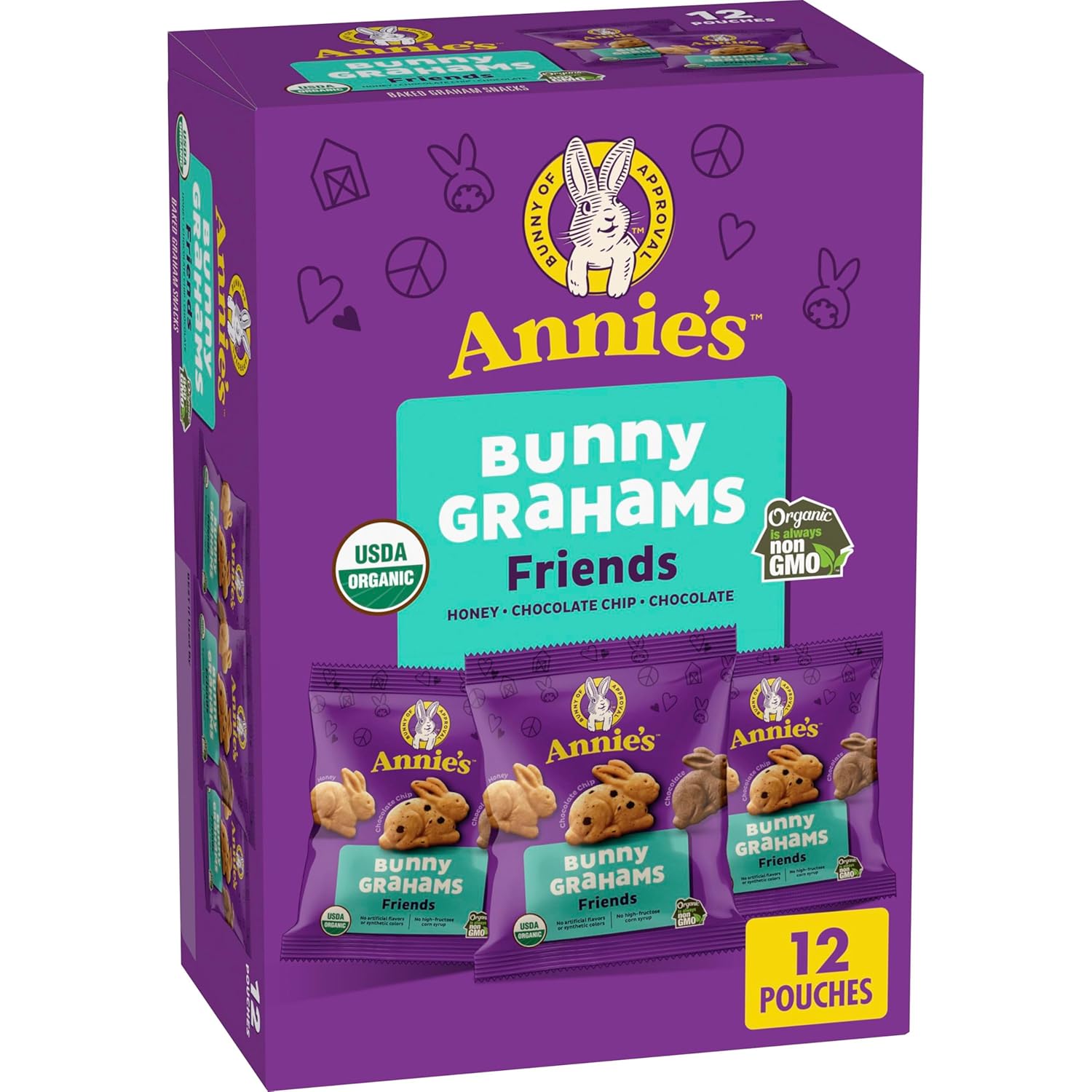
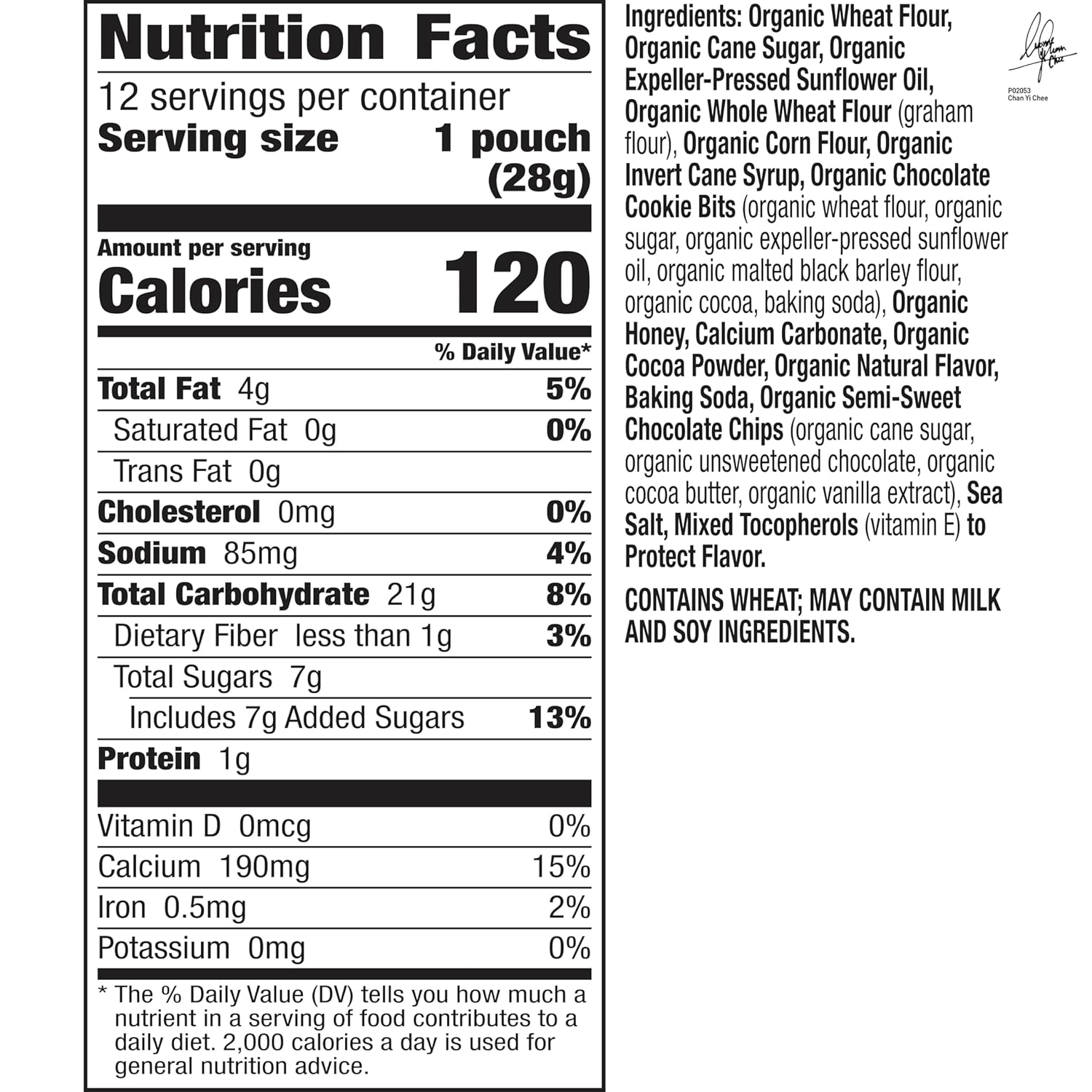

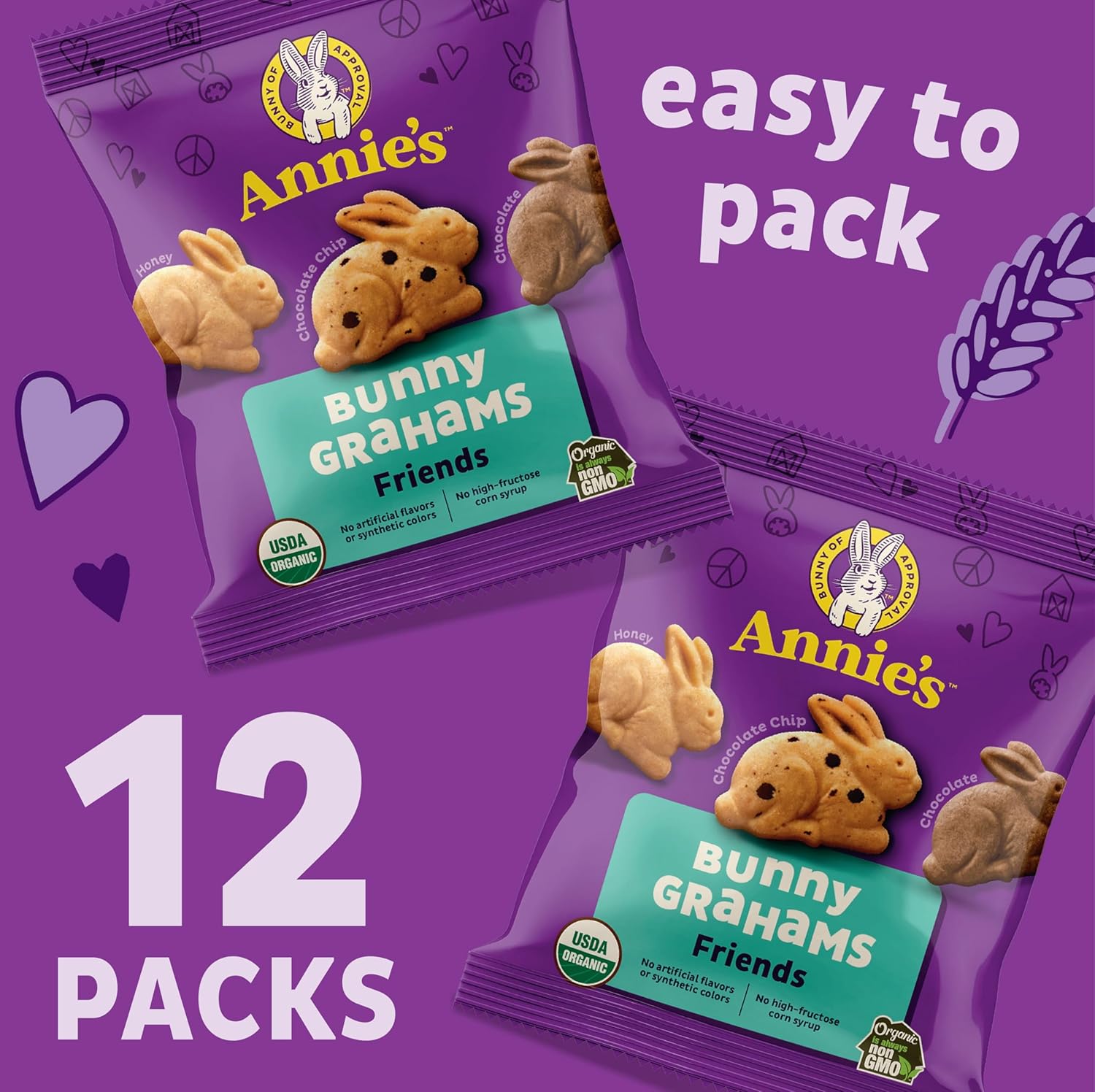
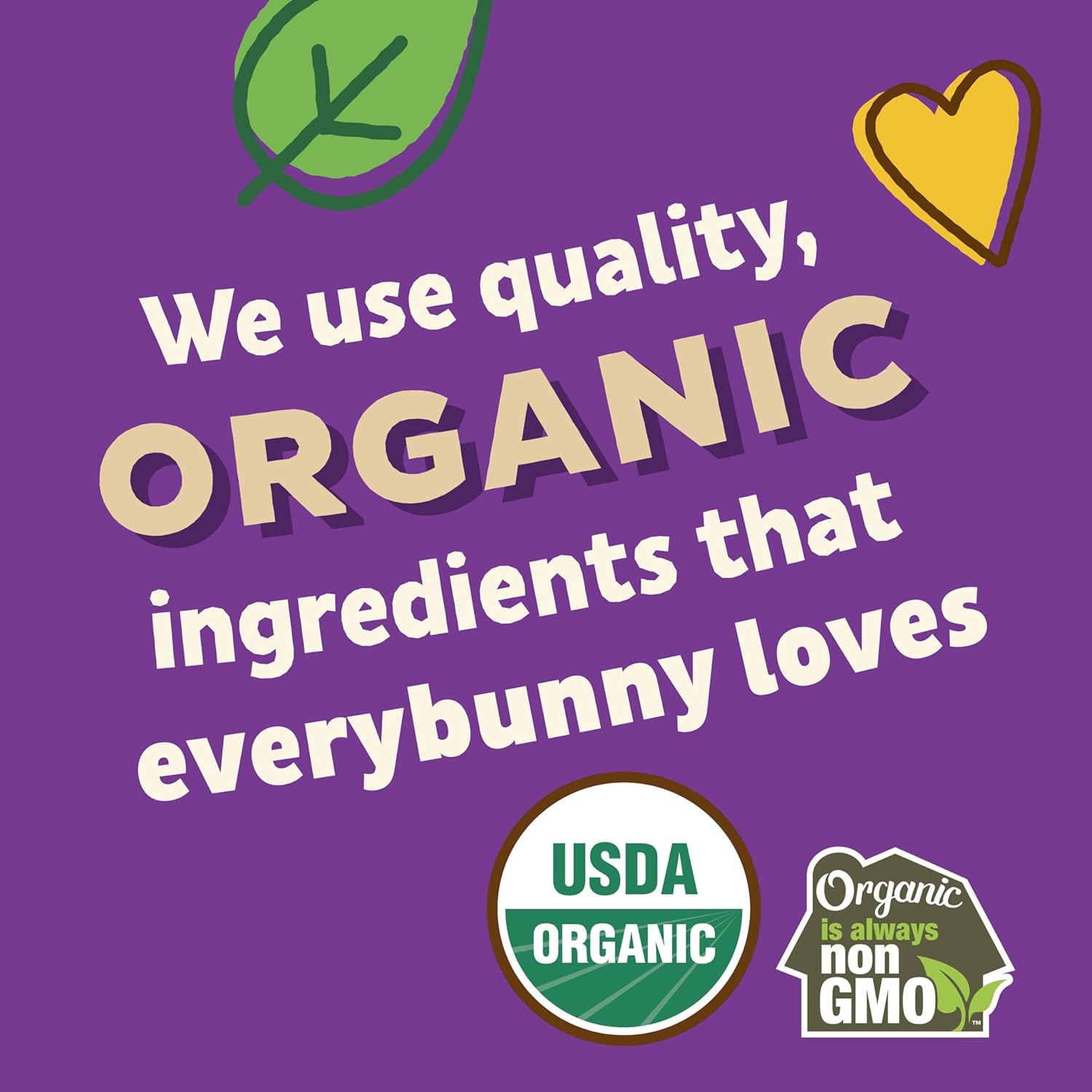








![Scary Stories To Tell In The Dark [DVD]](https://oemiu.com/wp-content/uploads/2025/09/1757427628_Scary-Stories-To-Tell-In-The-Dark-DVD-Review-Best-336x220.jpg)
